Home>Furniture & Design>Interior Design Trends>What Is Soda-lime Glass
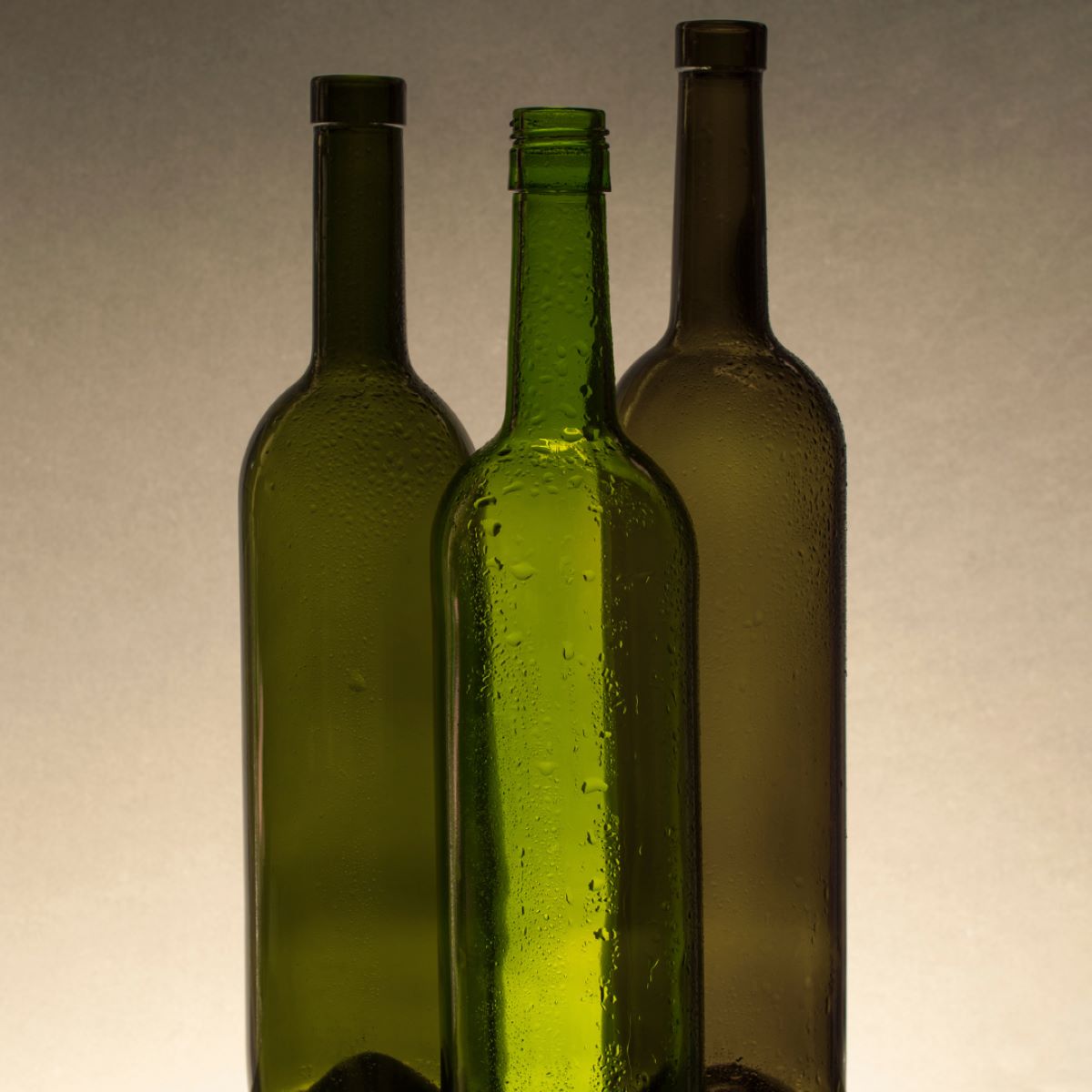

Interior Design Trends
What Is Soda-lime Glass
Modified: February 18, 2024
Discover the latest interior design trends with soda-lime glass. Learn about its versatility and timeless appeal for modern spaces. Explore the possibilities today!
(Many of the links in this article redirect to a specific reviewed product. Your purchase of these products through affiliate links helps to generate commission for Storables.com, at no extra cost. Learn more)
Introduction
Soda-lime glass, a ubiquitous material in our daily lives, is a type of glass known for its versatility, durability, and affordability. This widely used glass is a fundamental component in various products and applications, ranging from household items to industrial and commercial uses. Understanding the composition, properties, uses, manufacturing process, and recycling of soda-lime glass is essential for appreciating its significance in modern society.
Soda-lime glass, also referred to as soda-lime-silica glass, is the most common type of glass used today. It is composed of three primary ingredients: silica (silicon dioxide), soda (sodium oxide), and lime (calcium oxide). This composition gives soda-lime glass its distinctive properties, making it suitable for a wide range of applications.
The properties of soda-lime glass, including its transparency, hardness, and thermal resistance, make it an ideal material for various purposes. Its transparency allows for the creation of clear, see-through products, while its hardness and thermal resistance ensure durability and safety in everyday use.
The widespread use of soda-lime glass can be attributed to its affordability and versatility. It serves as the foundation for numerous products, including windows, bottles, jars, tableware, and light bulbs, among others. Its ability to be molded and shaped into different forms makes it indispensable in both domestic and industrial settings.
The manufacturing process of soda-lime glass involves several intricate steps, from raw material selection to the final product. Understanding this process sheds light on the complexity and precision involved in producing high-quality soda-lime glass items.
Furthermore, the recycling of soda-lime glass is an essential aspect of sustainable waste management. By recycling used glass, the environmental impact of manufacturing new glass products can be minimized, contributing to a more eco-friendly and sustainable approach to consumption and production.
In the subsequent sections, we will delve deeper into the composition, properties, uses, manufacturing process, and recycling of soda-lime glass, providing a comprehensive understanding of this versatile material and its role in our daily lives.
Key Takeaways:
- Soda-lime glass, made of silica, soda, and lime, is transparent, durable, and recyclable. It’s used in packaging, tableware, architecture, lighting, and more, making it essential in everyday life.
- The manufacturing process of soda-lime glass involves precise melting, shaping, and finishing. Recycling soda-lime glass reduces environmental impact and conserves resources, promoting sustainability and eco-friendly practices.
Read more: What Does Lime Do To The Grass
Composition of Soda-lime Glass
Soda-lime glass, the most prevalent type of glass in use today, is composed of three primary ingredients: silica (silicon dioxide), soda (sodium oxide), and lime (calcium oxide). These components play crucial roles in determining the properties and characteristics of soda-lime glass.
Silica, the main component, typically constitutes around 60-75% of the glass composition. It provides the fundamental structure and strength to the glass, contributing to its durability and resistance to breakage. The addition of silica also ensures the transparency of the glass, allowing light to pass through and making it suitable for various applications where visibility is essential.
Soda, in the form of soda ash or sodium carbonate, serves as a flux in the glass-making process. It lowers the melting point of silica, facilitating the glass-forming process and reducing the energy required for production. Additionally, soda enhances the workability of the glass, making it easier to shape and mold during manufacturing.
Lime, comprising approximately 5-12% of the glass composition, acts as a stabilizer. It helps in improving the chemical durability of the glass, making it resistant to water and moisture. This property is particularly important for glass products that come into contact with liquids, such as bottles and containers.
The combination of these three components results in a versatile material that can be shaped, molded, and transformed into a wide array of products. The precise proportions of silica, soda, and lime, along with the addition of other minor ingredients for specific properties, are carefully controlled during the glass-making process to ensure the desired quality and characteristics of the final glass product.
Understanding the composition of soda-lime glass provides insight into its unique properties and suitability for diverse applications. The balance of silica, soda, and lime, along with the manufacturing process, contributes to the strength, transparency, and chemical resistance of soda-lime glass, making it an indispensable material in various industries and everyday use.
Properties of Soda-lime Glass
Soda-lime glass exhibits a diverse range of properties that make it a highly versatile and widely used material in numerous applications. Understanding these properties is essential for appreciating the significance of soda-lime glass in modern society.
-
Transparency: One of the most notable properties of soda-lime glass is its transparency. This characteristic allows light to pass through the glass, making it ideal for products where visibility is essential, such as windows, glassware, and display cases. The ability to transmit light without significant distortion makes soda-lime glass a preferred choice for architectural and decorative purposes.
-
Hardness and Durability: Soda-lime glass is known for its hardness and durability, making it resistant to scratches and abrasions. This property ensures that glass products, including bottles, jars, and tableware, maintain their clarity and integrity even after prolonged use. The robust nature of soda-lime glass also contributes to its suitability for industrial and commercial applications where strength and reliability are paramount.
-
Thermal Resistance: Another important property of soda-lime glass is its ability to withstand thermal variations. This makes it suitable for use in products that are exposed to temperature changes, such as cookware, oven doors, and lighting fixtures. The thermal resistance of soda-lime glass ensures that it can endure heat without deforming or shattering, enhancing its safety and longevity.
-
Chemical Inertness: Soda-lime glass exhibits a high level of chemical inertness, making it resistant to chemical reactions with most substances. This property is particularly valuable in applications involving storage and containment, such as laboratory equipment, food and beverage containers, and pharmaceutical packaging. The inert nature of soda-lime glass helps maintain the purity and integrity of the contents without leaching or contamination.
-
Workability: Due to its composition and properties, soda-lime glass is highly workable during the manufacturing process. It can be easily shaped, molded, and formed into various designs, allowing for the creation of intricate glass products and customized designs. The workability of soda-lime glass contributes to its versatility and adaptability in meeting diverse consumer and industrial needs.
-
Electrical Insulation: Soda-lime glass possesses excellent electrical insulation properties, making it suitable for electrical components and insulators. Its ability to resist the flow of electrical current makes it an essential material in the production of electrical insulating devices, contributing to the safety and reliability of electrical systems.
Understanding the diverse properties of soda-lime glass underscores its significance in a wide range of applications, from everyday household items to specialized industrial and scientific uses. The combination of transparency, hardness, thermal resistance, chemical inertness, workability, and electrical insulation makes soda-lime glass a fundamental material in modern manufacturing and design.
Soda-lime glass is the most common type of glass used in bottles and windows. It is made from sand, soda ash, and limestone, and is known for its durability and clarity.
Common Uses of Soda-lime Glass
Soda-lime glass, renowned for its versatility and advantageous properties, finds extensive utilization across a diverse spectrum of products and industries. Its transparent and durable nature, coupled with its thermal and chemical resistance, makes it an indispensable material in various applications.
-
Packaging: One of the most prevalent uses of soda-lime glass is in packaging. Glass bottles and jars, commonly used for storing beverages, food products, and cosmetics, benefit from the inert and impermeable properties of soda-lime glass, ensuring the preservation of contents without affecting their flavor or quality. The transparency of glass packaging also allows consumers to view the contents, enhancing the aesthetic appeal and marketability of the products.
-
Tableware and Kitchenware: Soda-lime glass is extensively employed in the production of tableware and kitchenware, including drinking glasses, plates, bowls, and cookware. Its durability and resistance to thermal shock make it suitable for everyday use in both domestic and commercial settings. Glass tableware adds an elegant touch to dining experiences, while glass cookware offers a safe and reliable option for cooking and baking.
-
Architectural Applications: The transparency and structural integrity of soda-lime glass make it an ideal choice for architectural applications. It is widely used in windows, doors, and glass facades, allowing natural light to illuminate interior spaces while providing insulation and weather resistance. Additionally, glass panels and partitions contribute to modern and open interior designs in commercial and residential buildings.
-
Lighting: The production of light bulbs and lighting fixtures extensively relies on soda-lime glass due to its thermal resistance and ability to transmit light without distortion. The glass envelopes of incandescent, fluorescent, and LED bulbs, as well as decorative glass shades, showcase the adaptability of soda-lime glass in the lighting industry.
-
Medical and Laboratory Equipment: Soda-lime glass is a preferred material for medical and laboratory equipment, including test tubes, beakers, and vials, owing to its chemical inertness and transparency. These properties are crucial for maintaining the purity and visibility of substances used in medical diagnostics and scientific research.
-
Decorative and Artistic Applications: The workability of soda-lime glass allows artisans and designers to create intricate and decorative glass products, such as vases, sculptures, and ornaments. Its transparency and ability to be shaped into various forms make it a favored medium for artistic expression and interior decor.
The widespread use of soda-lime glass across these diverse applications underscores its indispensable role in modern society. Its adaptability, durability, and aesthetic appeal make it a preferred material for a wide array of products, contributing to both functional and decorative aspects of everyday life.
Manufacturing Process of Soda-lime Glass
The manufacturing process of soda-lime glass is a meticulously orchestrated sequence of steps that transforms raw materials into the versatile and ubiquitous material used in various products. This intricate process involves precise measurements, controlled heating, and careful shaping to ensure the production of high-quality glass items.
-
Raw Material Selection: The manufacturing process begins with the selection of high-quality raw materials, including silica sand, soda ash, and limestone. These materials are carefully chosen for their purity and consistency to ensure the desired properties in the final glass product.
-
Batching and Mixing: The selected raw materials are precisely measured and mixed in predetermined proportions to form a homogeneous batch. This batch is then fed into a furnace for the glass-making process.
-
Melting and Formation: Inside the furnace, the batch undergoes a high-temperature melting process, typically exceeding 1700°C. The intense heat causes the raw materials to fuse and form a molten glass mixture. This molten glass is then shaped and formed into the desired product through processes such as blowing, pressing, or molding, depending on the intended application.
-
Annealing: Once the glass product is formed, it undergoes an annealing process to relieve internal stresses and enhance its strength and durability. The glass is gradually cooled in a controlled manner to prevent cracking or distortion, ensuring uniform and stable properties throughout the material.
-
Surface Treatment and Finishing: After annealing, the glass product may undergo surface treatments, such as polishing or coating, to achieve specific functionalities or aesthetic enhancements. These treatments further refine the appearance and performance of the glass, making it suitable for its intended use.
-
Quality Control and Inspection: Throughout the manufacturing process, rigorous quality control measures are implemented to monitor the characteristics and integrity of the glass products. Visual inspections, dimensional checks, and material testing ensure that the finished items meet the required standards for transparency, strength, and dimensional accuracy.
The manufacturing process of soda-lime glass exemplifies the fusion of precision, technology, and craftsmanship. From the careful selection of raw materials to the meticulous shaping and finishing of glass products, each step contributes to the creation of a material that is integral to modern living. This process underscores the artistry and engineering involved in producing soda-lime glass, a material that continues to enrich our daily experiences and industrial advancements.
Read more: What Does Garden Lime Do
Recycling of Soda-lime Glass
Recycling plays a pivotal role in the sustainable management of resources, and soda-lime glass, with its inherent recyclability, contributes significantly to the circular economy. The recycling process of soda-lime glass involves collecting, sorting, crushing, and melting used glass items to produce new glass products, thereby reducing the demand for raw materials and minimizing environmental impact.
The recycling journey of soda-lime glass begins with the collection of used glass items, including bottles, jars, and other glassware, from various sources such as households, businesses, and recycling centers. Once collected, the glass items are sorted by color to ensure that the recycled glass maintains its intended hue. This sorting process is crucial for maintaining the quality and aesthetics of the recycled glass.
After sorting, the glass items undergo crushing and cleaning to remove any impurities or contaminants. The crushed glass, known as cullet, is then ready for the recycling process. The cullet is carefully measured and mixed with raw materials in specific proportions before being fed into a furnace for melting. The melting process transforms the cullet into molten glass, which can then be shaped and formed into new glass products.
The recycling of soda-lime glass offers numerous environmental benefits. By using cullet in the glass-making process, the energy required for melting raw materials is significantly reduced, leading to lower carbon emissions and energy consumption. Additionally, recycling glass helps conserve natural resources and reduces the amount of glass waste sent to landfills, contributing to a more sustainable and eco-friendly approach to waste management.
Furthermore, recycled soda-lime glass retains its advantageous properties, including transparency, hardness, and chemical resistance, making it suitable for a wide range of applications. This closed-loop system of recycling ensures that used glass items are transformed into new products, extending the lifecycle of soda-lime glass and minimizing the need for virgin materials.
The widespread adoption of soda-lime glass recycling programs and initiatives underscores the commitment to environmental stewardship and resource efficiency. By actively participating in the recycling of soda-lime glass, individuals, businesses, and industries contribute to the preservation of natural resources and the reduction of environmental impact, fostering a more sustainable and circular approach to glass production and consumption.
Frequently Asked Questions about What Is Soda-lime Glass
Was this page helpful?
At Storables.com, we guarantee accurate and reliable information. Our content, validated by Expert Board Contributors, is crafted following stringent Editorial Policies. We're committed to providing you with well-researched, expert-backed insights for all your informational needs.
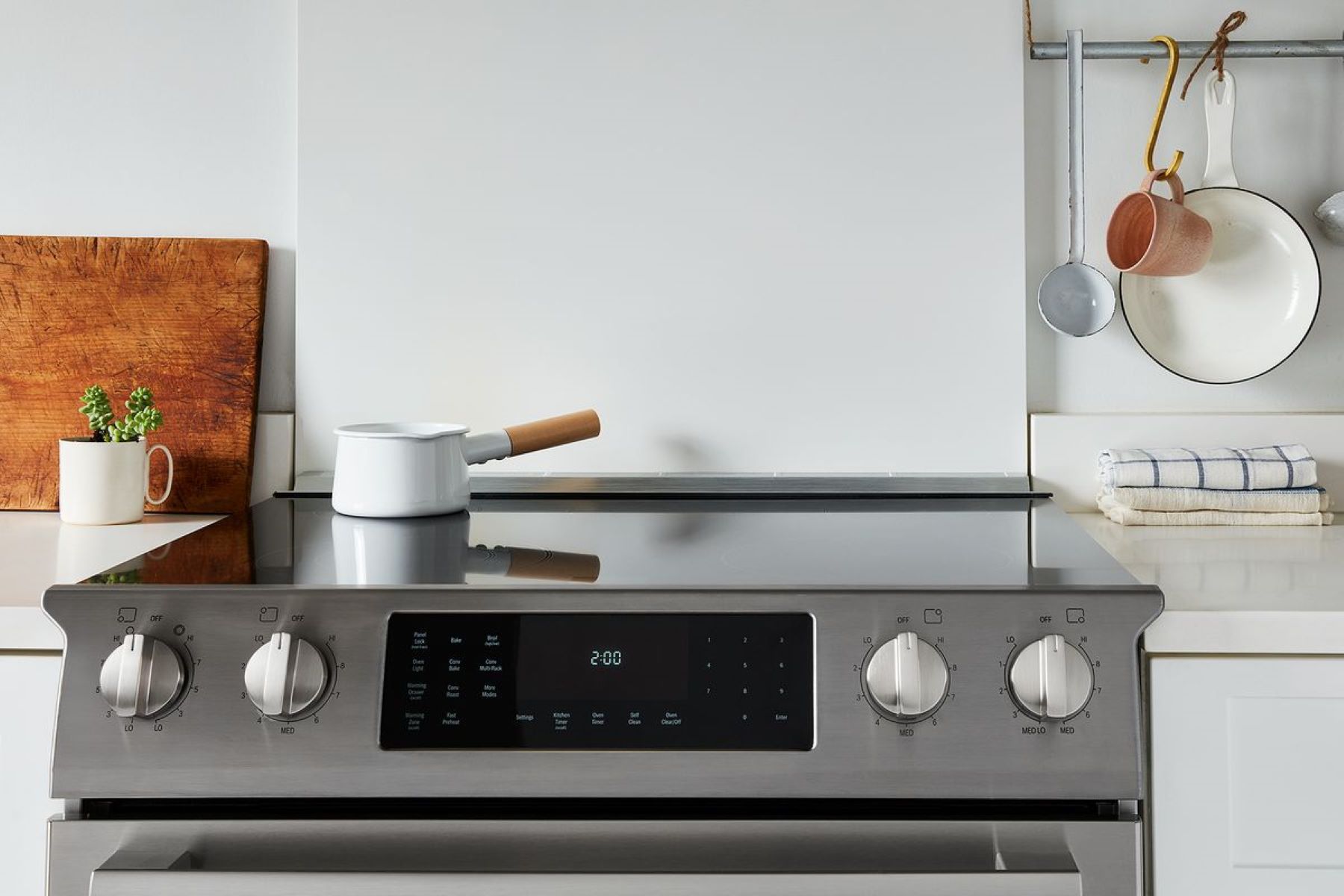
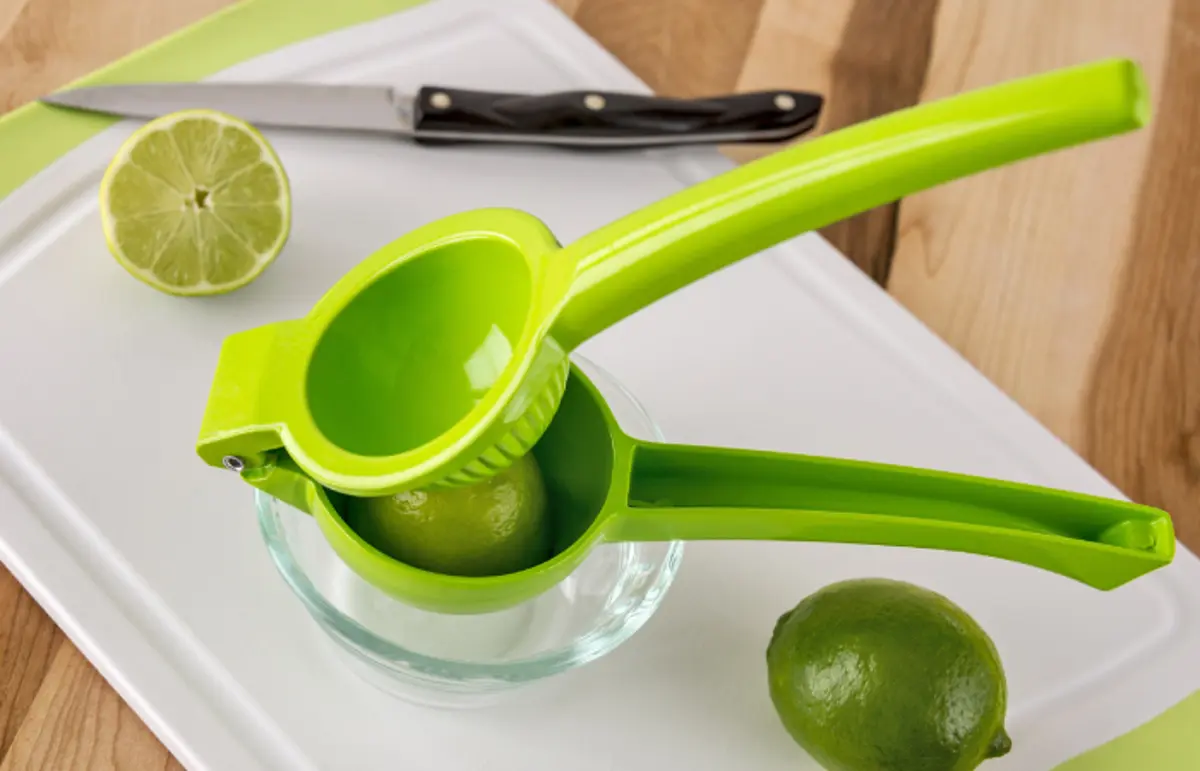
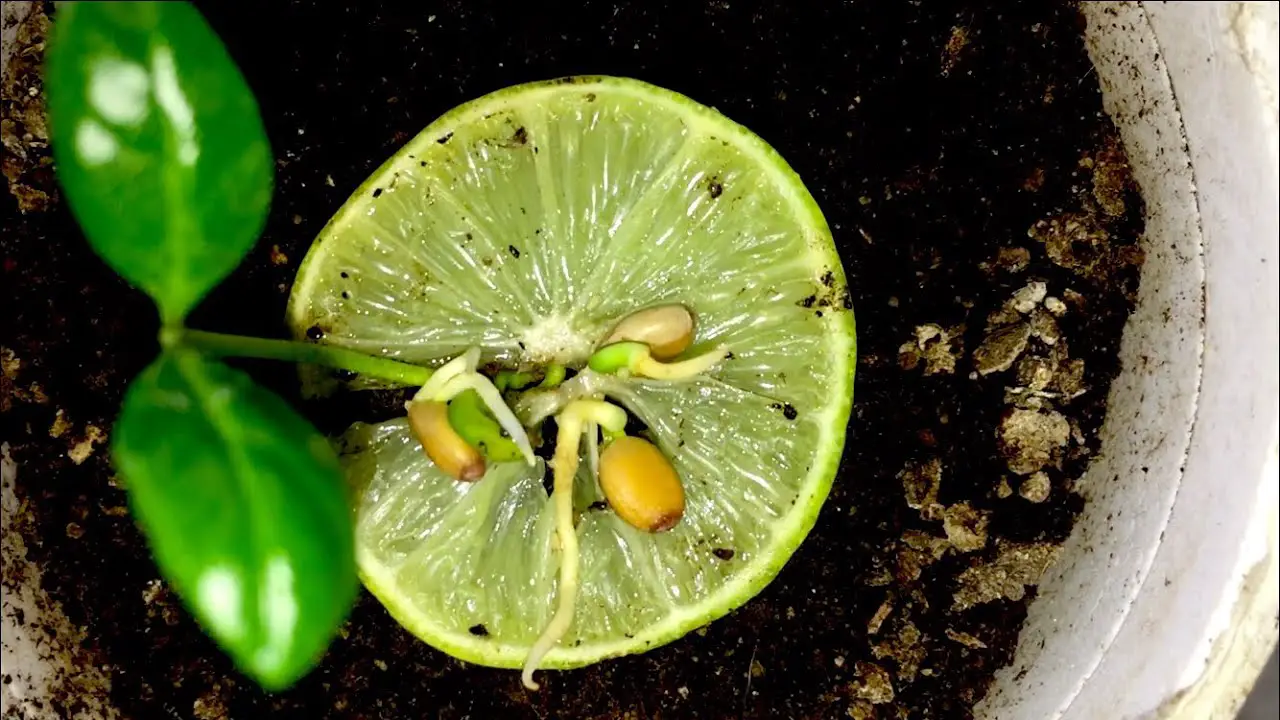
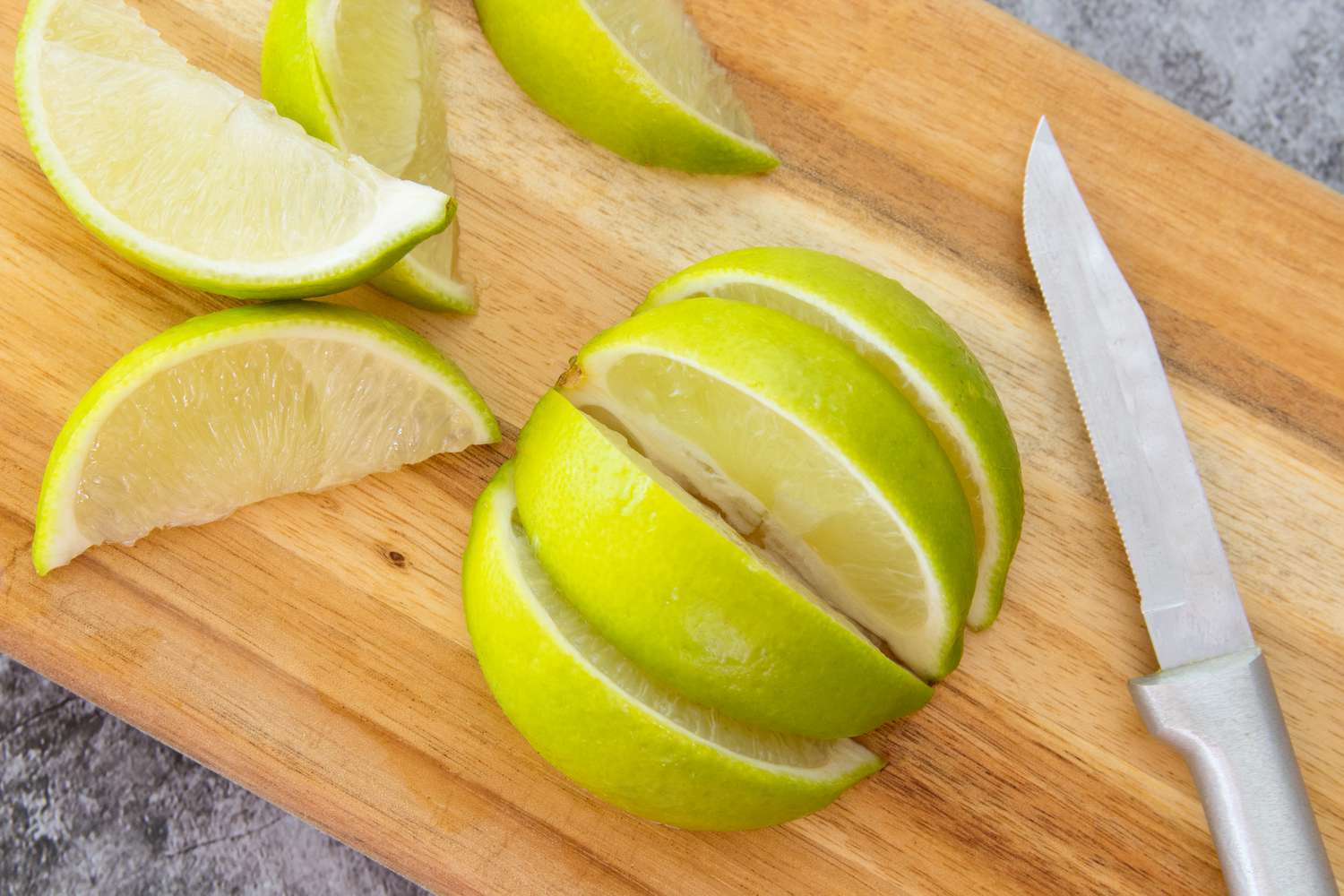
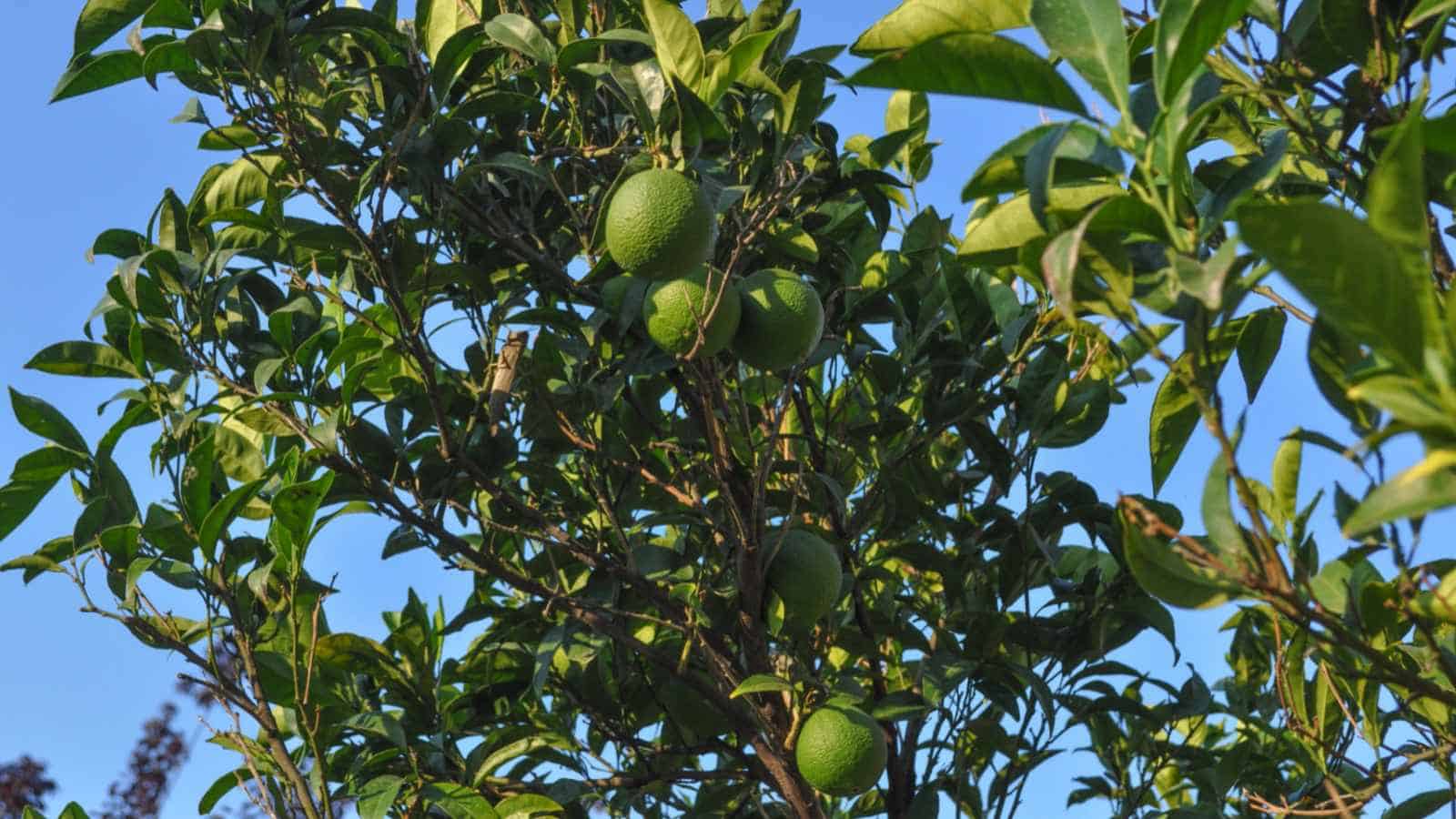
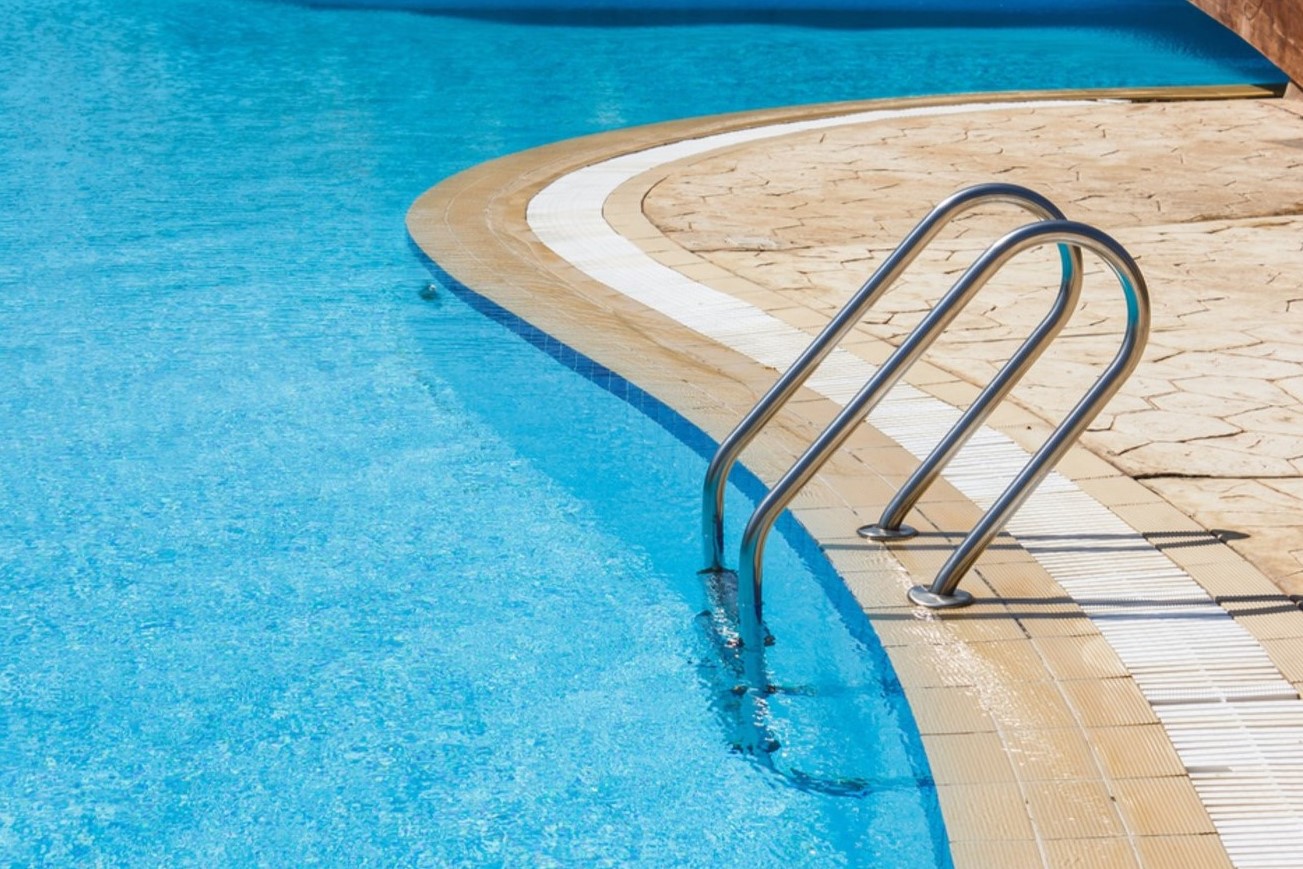
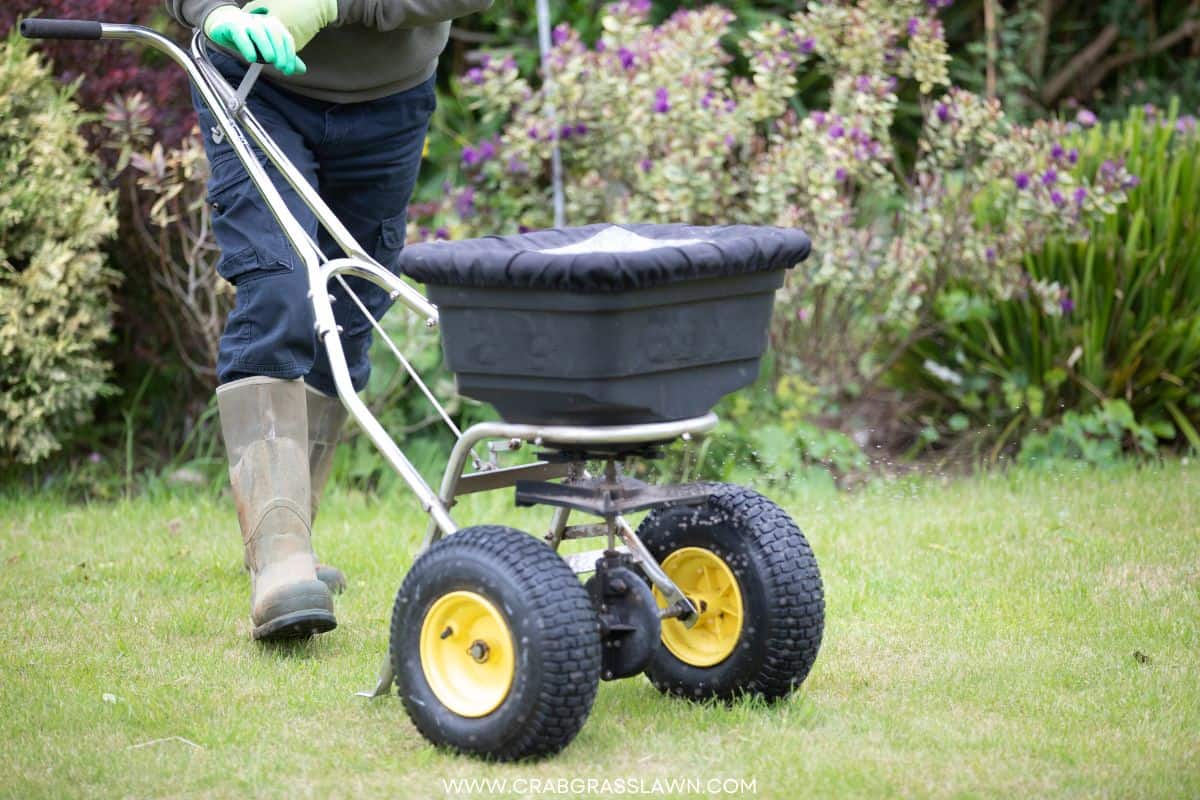
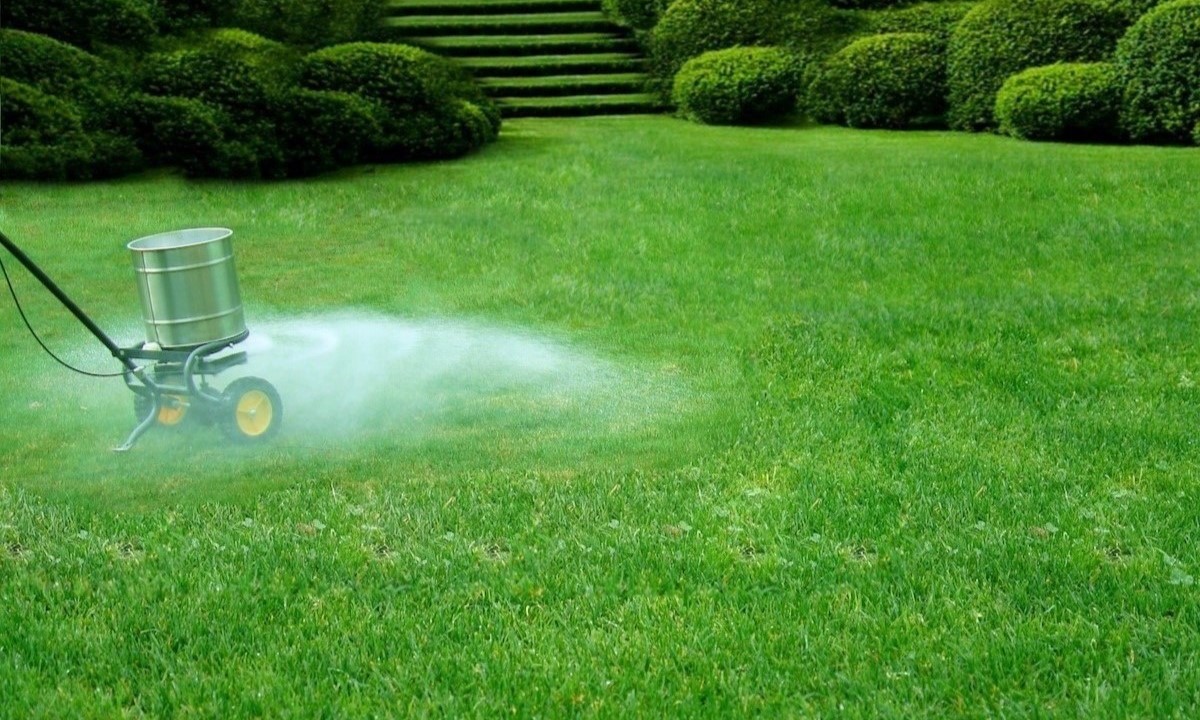

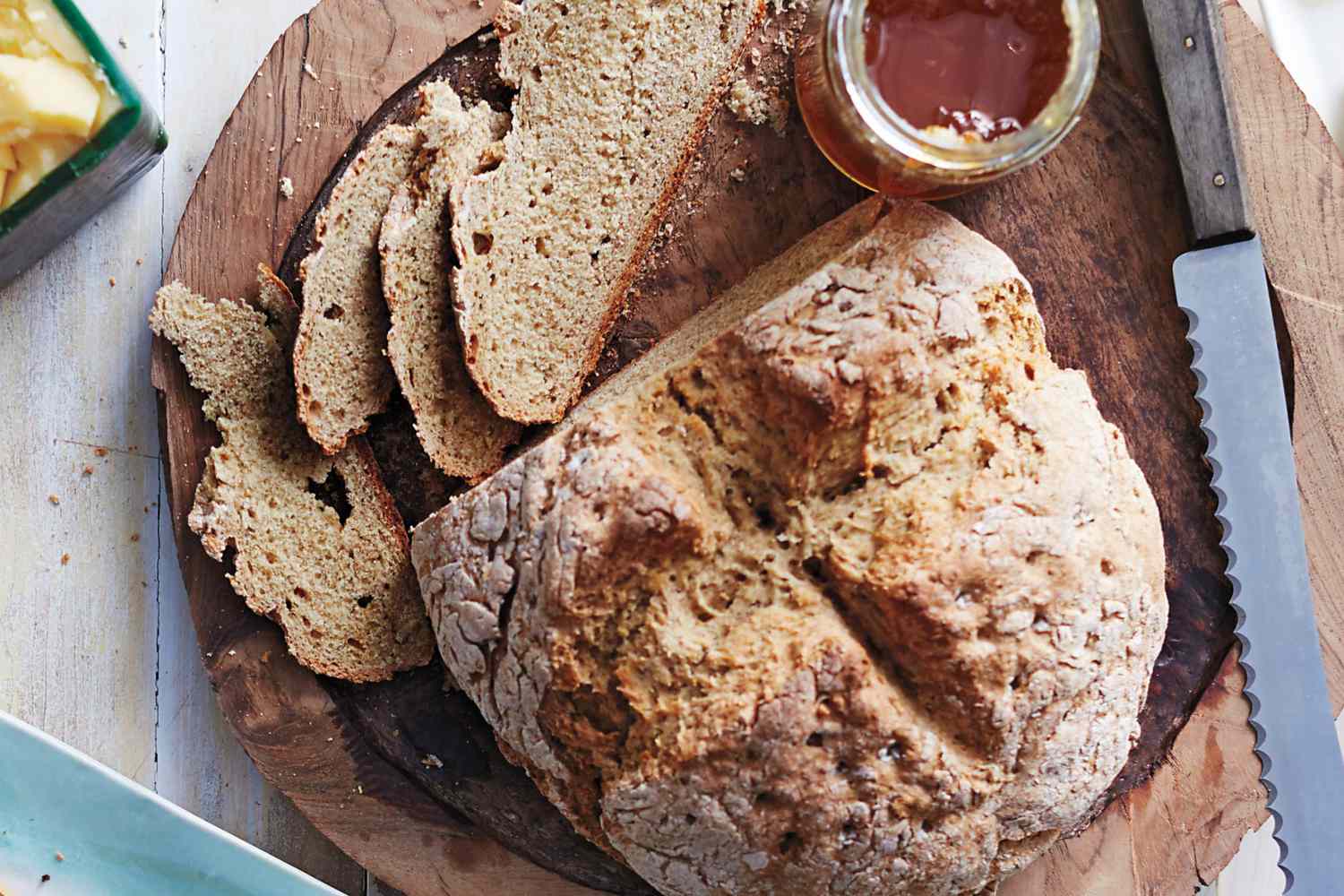
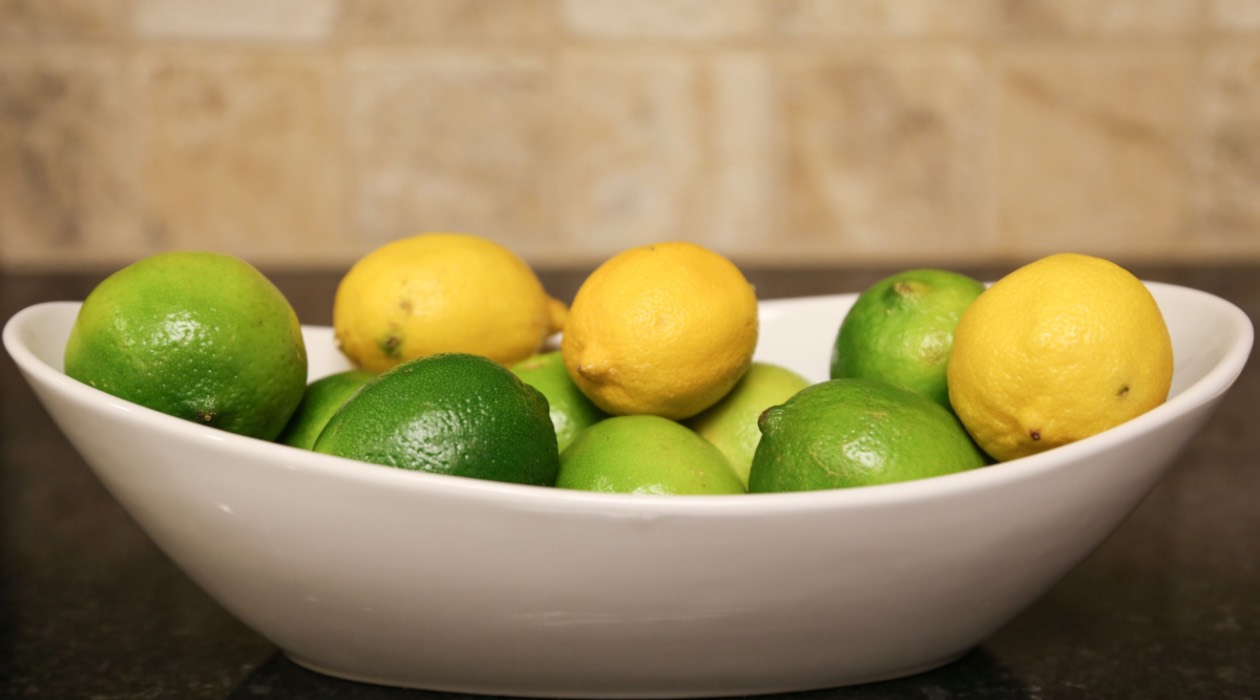
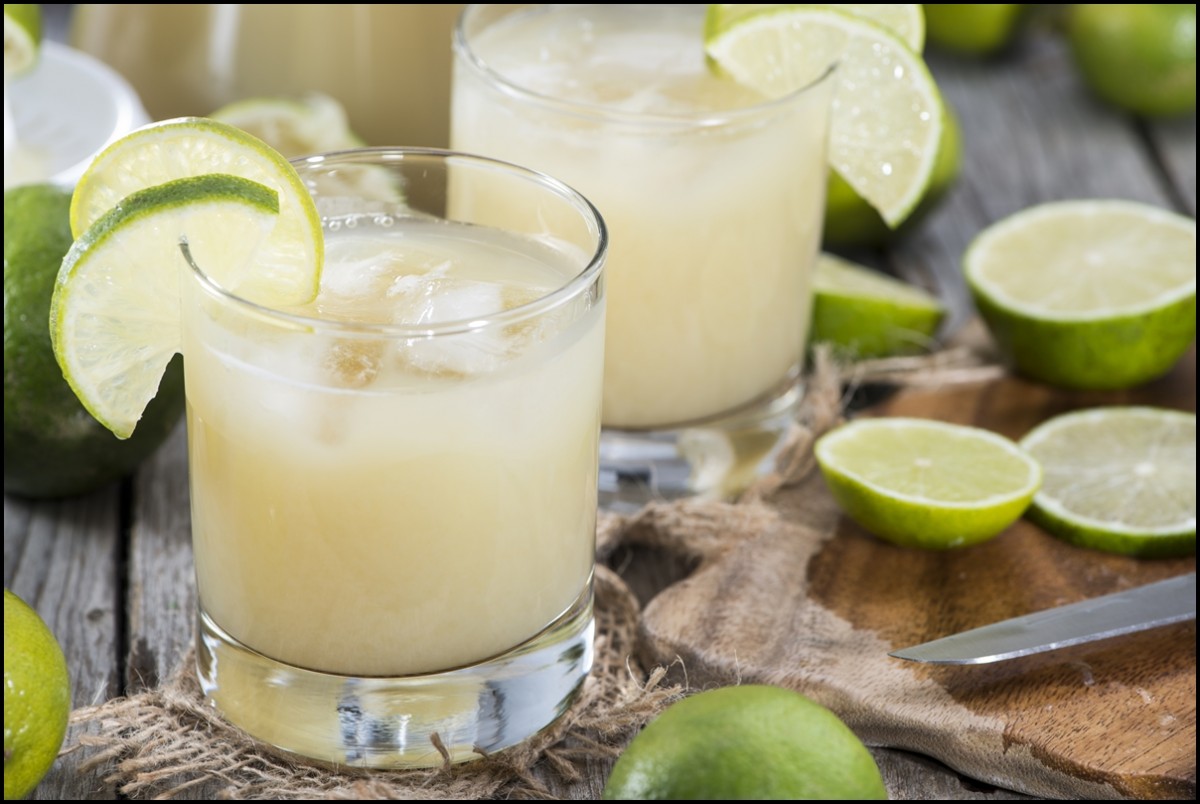
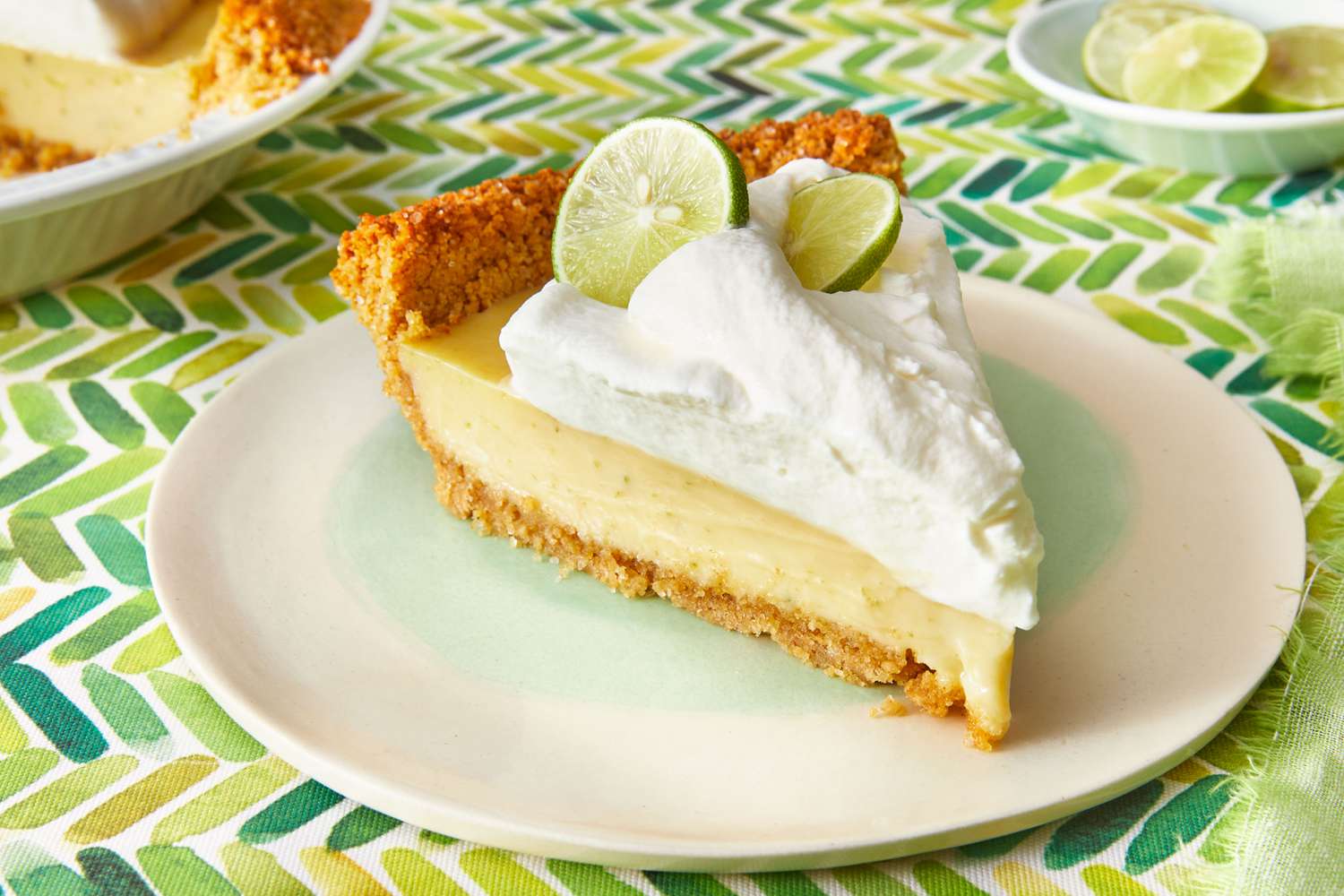
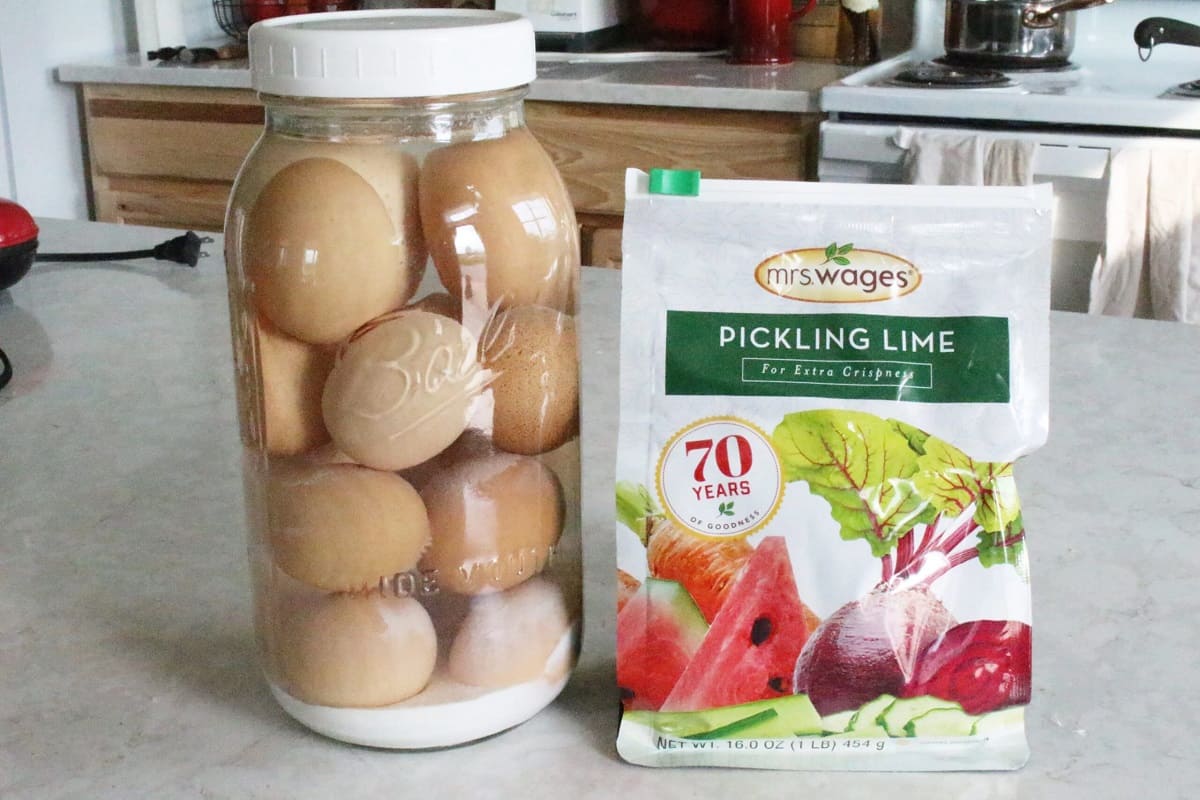

0 thoughts on “What Is Soda-lime Glass”